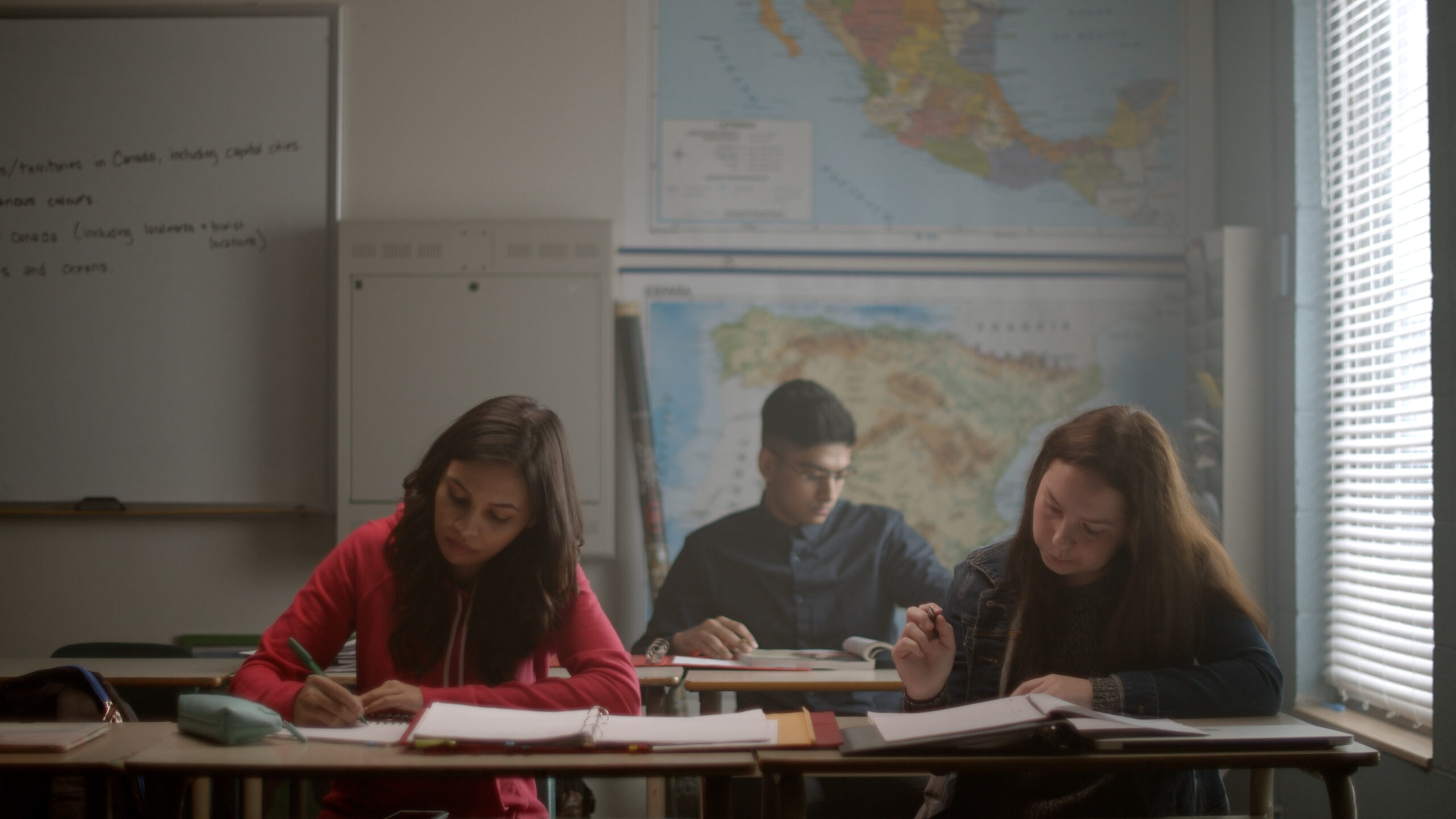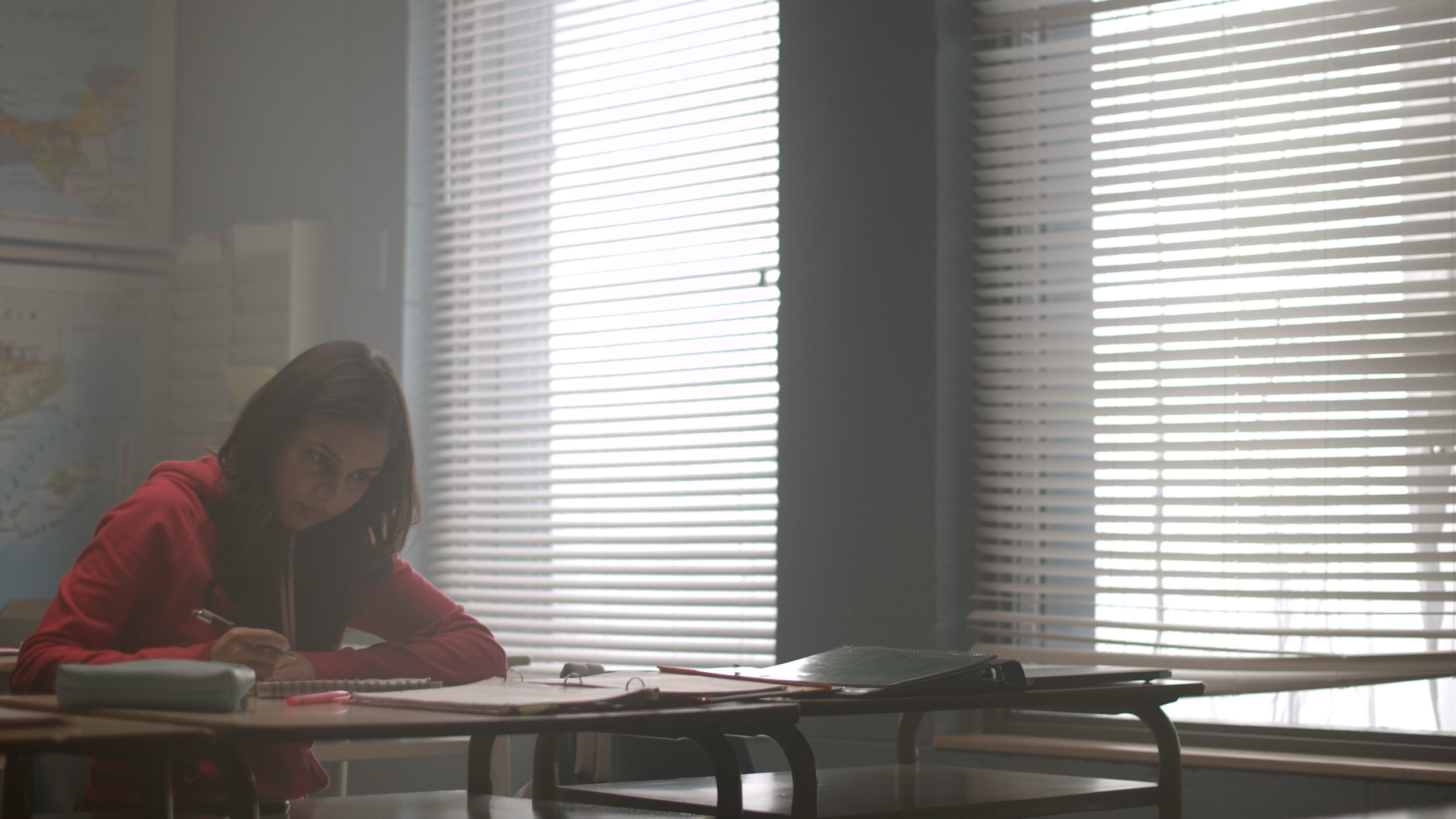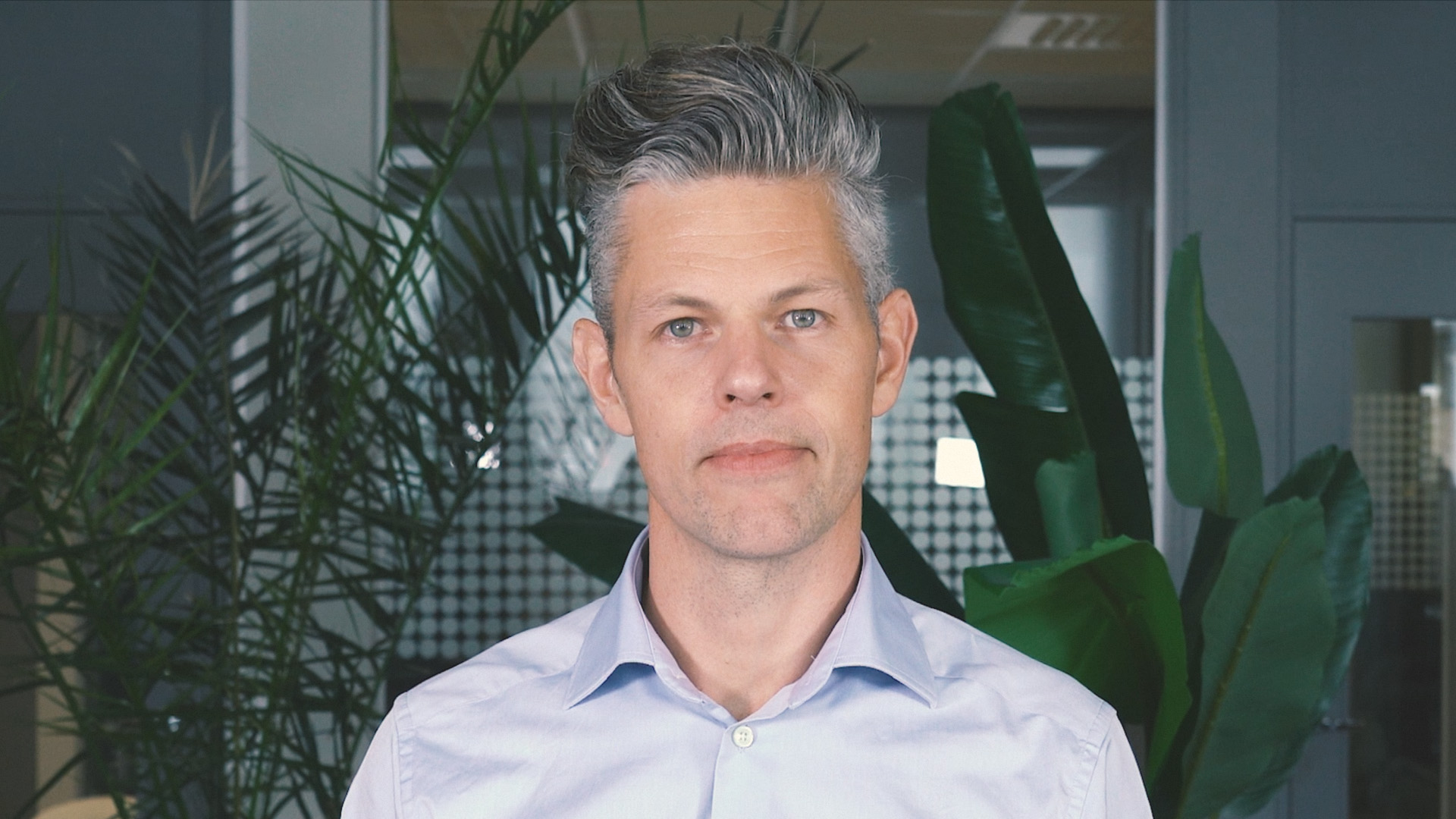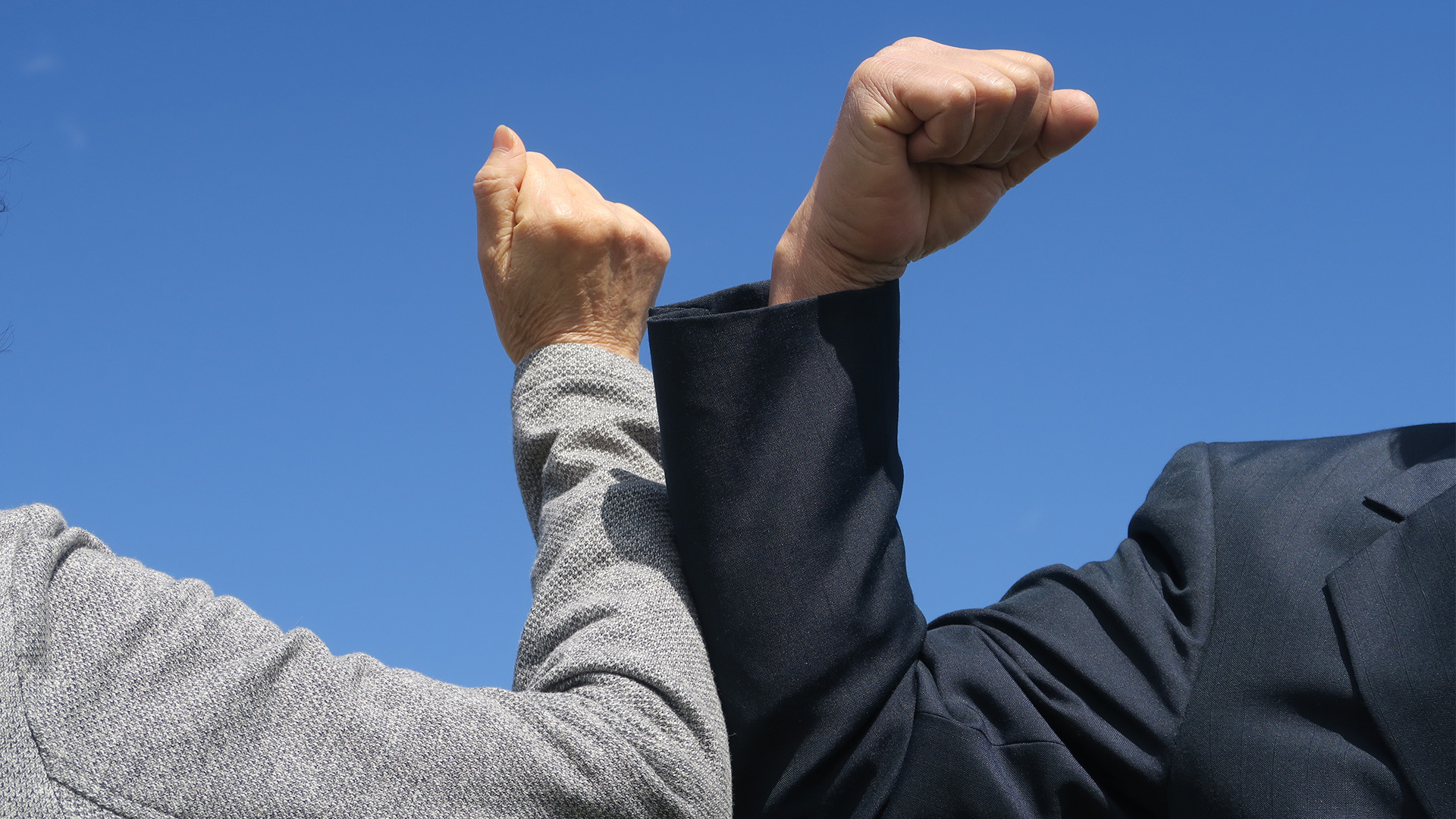
Working Environment Knowledge for Young People
We have produced an educational material on the work environment for pupils aged 13 to 16 years. Through theoretical and practical exercises, pupils gain knowledge of what work environment is, how to influence it and what risks and wellbeing factors at work can be.
Download the lessons
On the link below you’ll find all the lessons compressed in to one file.
Download the lessonsin a zip-file
The lesson material consists of:
- Presentations
- Exercises and tasks
- Teacher’s guide
About the lessons
The training material consists of six short lessons that each take 20-30 minutes to complete. The lessons are created to arouse interest and provide knowledge about the work environment through teacher-led exercises and discussions. The subjects of the lessons are:

The lessons are Based on Work Environment Research
Work environment researcher David Hallman, university lecturer and docent in occupational health science at the University of Gävle, participates in the educational material.
Produced in Collaboration with the Nordic Council of Ministers
The lesson material os financed by the work environment committee of the Nordic Council of Ministers, where SAWEE is included as part of its international mission.


